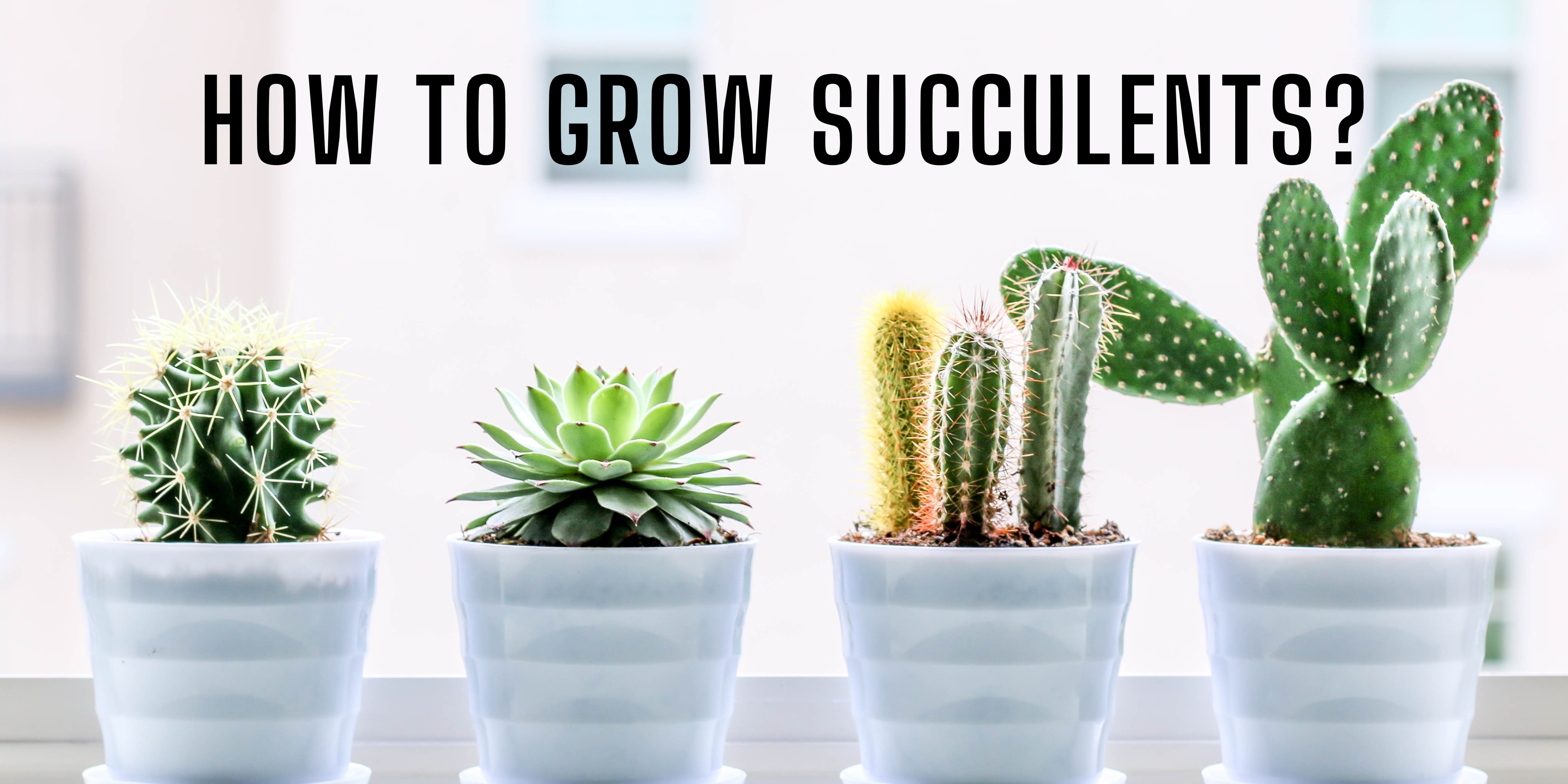
Indoor plants have become increasingly popular in recent years due to their aesthetic appeal and health benefits. Not only do they add a touch of greenery to any room, but they also help purify the air by removing toxins. When choosing the best indoor plants, it's important to consider the lighting and humidity levels of your home to ensure they thrive. With proper care, indoor plants can bring joy and a sense of calmness to any living space.
Indoor plants are plants that are grown inside buildings, typically for decorative purposes or to improve air quality. They come in a variety of shapes and sizes and may require more or less maintenance and care depending on the specific type.
Here is the list of indoor plants that you can grow at your home.
10 Best Indoor Plants for Home
1. Snake Plant (Sansevieria)
The snake plant, also known as Sansevieria, is a popular indoor plant known for its long, upright leaves that resemble a snake. Snake Plants require minimal attention, are easy to care for, and can tolerate low light and infrequent watering. They are also adaptable to new locations and conditions. It is effective against allergies and relieves minor physical ailments.
It has air-purifying abilities and is, therefore, one of the best indoor plants for air purification. The most unique thing about Snake Plants is that they are one of the few plants that can convert carbon dioxide (CO2) into oxygen at night. All of this makes Snake Plant a great addition to any home or office.

2. Spider Plant (Chlorophytum comosum)
The indoor spider plant, also known as chlorophytum comosum, is a popular house plant due to its easy care and air-purifying abilities. It has long, slender leaves that arch over the sides of the pot and small white flowers that bloom in the summer. It prefers bright, indirect light and well-draining soil.
Once-a-week watering is sufficient in spring and summer seasons and let the soil dry in between the waterings during the winters. It is important to fertilize it monthly during the growing season. It is one of the low-maintenance indoor plants and is also safe for pets.

3. Pothos (Epipremnum aureum)
Pothos is a house plant that has pointed heart-shaped leaves that have white, yellow, and green striations. Pothos plants are a great choice for indoor plants as they are easy to care for and can thrive in low-light conditions. Just make sure to water them regularly and provide them with indirect sunlight.
You should allow the top inch of the water to dry out between watering. Over-watering can cause its root to rot. It is one of the best indoor plants for air purification and removes toxins.

4. Money Plant (Epipremnum aureum)
The Money Plant (Epipremnum aureum) is a popular house plant that is easy to care for, can help purify the air, and reduces stress & anxiety. It can grow in a variety of light conditions, but it is grown best in bright, indirect light, or partial shade. Place the plant near a window and rotate it regularly for even light distribution. Keep the plant at room temperature, ranging from 15 C to 24 C.
It should be grown in a smaller pot initially and then shifted to a bigger pot. As the names suggest, it is considered a plant that is lucky and brings prosperity and wealth to homeowners. Water the money plant every 1 or 2 weeks after the soil dries up. Money plants can be propagated very easily by stem cuttings.
.png)
5. Aloe Vera (Aloe barbadensis miller)
Aloe vera is a great indoor plant choice as it is low maintenance and can thrive in a variety of lighting conditions. It is one of the best air-purifying plants. Place aloe vera in a bright and sunny place but save it from overexposure. When caring for your aloe vera, make sure to place it in a well-draining pot and water it once in 2 weeks only when the soil is completely dry. Since, it is a desert species, too much moisture in the soil will cause the roots to rot. It is best to plant aloe vera in a terracotta pot.

6. Peace Lily (Spathiphyllum wallisii)
The Peace Lily is a popular indoor plant in India known for its air-purifying and aesthetic qualities. It is one of those houseplants that is grown only indoors. Prolonged exposure to sunlight can scorch the leaves. It is relatively easy to care for and can thrive in low-light conditions. Keep the soil moderately moist when planting a peace lily. Place it near an east-facing window for good morning sunlight. It s an easy plant to grow at home.

7. Lucky Bamboo (Dracaena sanderiana)
Lucky Bamboo is a popular houseplant that is easy to care for and can be grown in water or soil. It is an ideal choice for novice gardeners. It should be grown in bright filtered sunlight. Avoid direct sunlight on it. The ideal temperature is 65 to 90 F. It should be grown in well-drained rich potting soil.
While watering it, make sure that the tap water is not hard. If you place it in a vessel, make sure to change the water every week. It is believed to bring good luck and fortune according to feng shui. However, it is important to note that the plant is toxic to pets if ingested.

8. Areca Palm (Dypsis lutescens)
If you are looking for indoor plants for your living room, then Areca Palm is the best choice. Areca Palm is a popular indoor plant that is known for its lush foliage and air-purifying qualities. It is commonly grown in cool climates with just the right sunlight. It prefers bright, indirect light and moderate watering. The soil should be moist and not soggy. You should water it every 2 to 3 days.
Make sure to keep it away from cold drafts and direct sunlight. When you plant areca palm indoors, use a peat-based potting mix. It is the highest oxygen-producing indoor plant.
Areca palms have smooth, golden trunks that look like bamboo. Their fronds resemble bamboo leaves because they are full and thin. It is best to plant them in spring. They have a slow to moderate growth rate.

9. Weeping Fig (Ficus Benjamina)
The Weeping Fig’s scientific name is Ficus Benjamina. The weeping fig is a popular indoor plant that is known for its attractive foliage and air-purifying properties. It is one of the best choices as an indoor plant in homes, and offices and is vastly used in interior commercial landscaping.
Weeping Fig trees can live between 20 to 50 years. This elegant plant has slender branches that arch gracefully from a light gray trunk, with dense, glossy dark leaves. It prefers bright, indirect light and moderate consistent watering. Keep in mind that it is toxic to pets, so it may not be the best choice for households with animals.

10. Fern Plant (Pteridophyta)
A fern plant is a type of indoor plant that can add a touch of greenery to your living space. Ferns are known for their delicate fronds and can thrive in low to medium-light conditions. They are the most adaptable plants of all. All fern plants love moisture and humid conditions. You should water them generously until it drains out of the bottom of the pot.
They should ideally be placed in bathrooms and kitchens. Some popular varieties include the Boston fern, the maidenhair fern, and the bird's nest fern. These are the best indoor plants for health as they offer many benefits. It also tops the list of air-purifying plants.

Well, this is the list of some of the best indoor plants for home that you may consider growing. You can take a cue and do your own research as to which plants you would like to add to your space at home.
No matter which indoor plant you choose, they will surely reward you with clean air, serene interior looks, and positive vibes if you take good care of them.
Liked it? Pin it!

.png)

















































